
Collagen in Beef: Which Meat Has More Collagen
Amount of Collagen in Beef
Beef is one of the most common sources of collagen, and one of the best for a number of reasons, but you can't get it from any cut of beef. Read below and I'll tell you amounts of collagen in beef based on different cuts of meat.
From its capacity to improve bone, joint and skin health to the benefits of whole-food sources of collagen like bone broth, let’s delve into exactly why bovine collagen is so good for you.
How Much Collagen is in Beef?
Beef is a fantastic source of collagen, providing a significant amount of this unique protein. On average, beef has approximately 2-3% collagen in its composition.
The part of the animal matters a lot. A study on Japanese meat consumption and collagen published in the J Agric Food Chem in 2019 found that one serving of steak typically contains 0.2 - 2.5 g of collagen. However, some meat, like beef tendon, had as high as 13.3 g of collagen (1).

If you want to maximize the collagen you get from beef, you need to choose connective tissue (tendon, joints) or bone-in cuts. Basically anything that needs to be slow-cooked will have the most collagen fibers.
These tough cuts of meat are tough because of... you guessed it... collagen. Think of it as a good thing, not a bad thing. Sure, you're spending more time chewing, but it is better for long-term dental health and you are getting more collagen than chicken breast.
Slow cooking helps break down the tough connective tissues, just as the Japanese study I linked above found.
These tissues contain long and complex collagen fibers that require prolonged heat and moisture to break down into gelatin.
Slow cooking methods, like simmering or boiling, allow the collagen to be extracted more effectively, resulting in a collagen-rich broth or dish.
Which meats have the most collagen?
The meats that have the most collagen are bone broth, animal skin, slow cooked cuts of beef, fish, shellfish and meat on the bone (ribs, short rib, oxtail).
|
Cut of Beef |
Collagen per Serving |
|
Beef Bone Broth |
8-10 g |
|
Beef Brisket |
3 g |
|
Short Ribs |
3 g |
|
Flank Steak |
2.5 g |
|
Pot Roast |
3 g |
|
Tenderloin or Ribeye |
Low (less collagen than more tender cuts) |
|
Oxtail |
2.5 g |
1. Bone Broth
Bone broth is an excellent way to maximize the benefits of collagen due to its preparation method. It is made by simmering bones, often with some connective tissues still attached, for an extended period.
Since it absorbs many of the minerals in the bone as well as well as collagen, it’s a great source of collagen for people who may be losing minerals.
This slow and prolonged cooking process allows for the extraction of collagen from the bones and connective tissues. The resulting broth becomes rich in gelatin, a cooked form of collagen.
Consuming bone broth regularly can help support joint health, promote skin elasticity and aid in digestive health, learn more about it in my bone broth buyers guide.
And if you're looking for a recommendation, checkout the chicken bone broth powder from Bluebird Provisions.
2. Animal Skin
Animal skin, particularly from poultry like chicken and pork is abundant in collagen. The skin is composed of connective tissues, including collagen, which provides structural support.
When cooked, the collagen in the skin breaks down, resulting in a tender and flavorful texture. Including the skin in your meals, whether through roasted chicken or crispy chicken skin, can be a tasty way to increase your collagen intake.

I think of skin as nature's multivitamin. Sounds weird but I recommend not throwing away your skin from now on.
3. Slow Cooked Cuts of Beef
Certain cuts of beef that are slow-cooked should be known for their collagen content but most people don't know! That is why you are here. These cuts contain more collagen than anything else.
- Flank Steak: Although flank steak is a lean cut, it contains a moderate amount of collagen due to the presence of connective tissues. Slow cooking methods, like braising, can help break down the collagen, resulting in a tender and flavorful dish.
- Beef Roast: Beef roasts, such as chuck roast or shoulder roast, are well-suited for slow cooking. They contain a good amount of collagen-rich connective tissues, which become tender and gelatinous when cooked slowly at low temperatures. This makes them an excellent choice for pot roasts or stews.
- Brisket: Brisket is a collagen powerhouse. It is a tough cut of meat that requires long, slow cooking to break down the collagen and render the meat tender and flavorful. It's a popular choice for barbecue and braised dishes.
- Short Rib: Short ribs are another collagen-rich cut of beef. When slow-cooked, the collagen melts away, resulting in a succulent and delicious dish.
4. Fish (Salmon, Mackerel, Herring, Anchovies)
While fish is not as well-known for its collagen content as some other meats, certain fish species can still provide a decent amount of collagen.
Fatty fish like salmon, mackerel, herring and anchovies contain collagen primarily in their skin and bones. A study published in Mar Drugs in 2014 found that marine collagens have extensive applications in tissue regeneration (3).
Including these parts in your cooking, such as making fish stock or consuming canned fish with the skin and bones, can help increase your intake.
But it's not just collagen, fish is a great source of omega-3 fatty acids, which offer various health benefits.
5. Shellfish
Shellfish, including shrimp, crab and lobster, also contain collagen in their shells and cartilage. Shellfish also offer a range of nutrients like zinc and selenium, which are important for skin health.
6. Meat on Bones (Ribs, Oxtail, Wings, Drumsticks, Shanks)
Meat on bones, such as ribs, oxtail, wings, drumsticks and shanks, contains collagen-rich connective tissues and cartilage. These cuts require slow cooking methods like braising, stewing, or roasting to break down the collagen and create tender, flavorful meat.
The collagen released during the cooking process adds richness to sauces and gravies. Enjoying these cuts of meat can be a tasty way to boost your collagen intake while savoring their succulent textures and flavors.
Foods With Collagen vs Collagen Boosting Nutrients
Foods with collagen refer to those that naturally contain collagen or its derivatives, while collagen boosting nutrients are nutrients and precursors needed for collagen synthesis.
I mentioned most of these above, but foods with collagen include:
- Bone Broth: Bone broth, made from simmering animal bones and connective tissues, is a concentrated source of collagen.
- Animal Skin: Poultry skin, in particular, is rich in collagen. When cooked, it provides both flavor and collagen content.
- Gelatin: Gelatin is derived from collagen and can be found in foods like jelly, gummy candies and certain desserts.
- Collagen Supplements: Collagen supplements are available in various forms, such as powders, capsules and gummies, providing a convenient way to increase collagen intake.
- Read my ultimate guide to finding the best collagen supplement to reach your goals.
Collagen Boosting Nutrients
Collagen boosting nutrients are substances that support the production and synthesis of collagen within the body. While they may not contain collagen directly, they help your body make this rare protein.
Think of these nutrients as collagen boosters that are able to up your supply of collagen by helping your body synthesize it. Here are some key nutrients:
- Vitamin C: This essential vitamin is crucial for collagen synthesis. Get it from food. You just need to mix your collagen with a bit of orange juice to get the 50 mg needed.
- Amino Acids: Amino acids are the building blocks of proteins, including collagen. Foods rich in amino acids include lean meats, poultry, fish, eggs, legumes and dairy products.
- Omega-3 Fatty Acids: Found in fatty fish, walnuts, chia seeds and flaxseeds, omega-3 fatty acids promote collagen production and support overall skin health.
- Antioxidants: Antioxidants, such as vitamin E, selenium and beta-carotene, protect collagen from damage caused by free radicals. Foods like colorful vegetables and fruits are abundant in antioxidants.
- Copper: Copper is a mineral that plays a vital role in collagen synthesis. It can be obtained from organ meats, seafood, nuts and seeds.
By combining foods with collagen and collagen-boosting nutrients, you can optimize your collagen production and support overall skin, joint and connective tissue health. A balanced diet rich in nutrient-dense foods is key to maintaining optimal collagen levels in the body.
How to Cook Beef for Maximum Collagen
So you're sold on trying some collagen rich cuts of beef, but don't know where to start? Fear not my friend, follow the simple steps below to get started.
I started my journey with these intimidating cuts of meat 7 years ago. After some learning, trial and error, they are easily my preferred cuts of meat. They can be the same for your too, after a bit of practice.

1. Choose the Right Cut of Meat (Roasts, Oxtail, Flank)
Selecting the right cut of beef is crucial when aiming to maximize collagen content in your dish. Cuts with higher amounts of connective tissues, such as roasts, oxtail and flank, are ideal choices.
These cuts are full of collagen, which is what makes them tender and gelatinous when cooked. My personal favorite is beef short ribs because they literally melt in your mouth when cooked properly.
2. Braise it low and slow
Braising is a cooking method that involves searing the meat at high heat, then cooking it slowly in a flavorful liquid at low temperatures. This technique is ideal for breaking down the tough collagen fibers found in connective tissues.
As the meat simmers in the liquid, collagen slowly converts into gelatin, resulting in a tender and succulent dish. The extended cooking time at lower temperatures allows for collagen breakdown, resulting in a rich and flavorful end product.
3. Cook in a stew (2-3 hours at least)
To achieve maximum collagen extraction, preparing beef in a stew is another great option. Note: this is separate from braising, it depends on what type of dish you want.
Stewing involves simmering meat and vegetables in a liquid, typically broth or stock, over a prolonged period. You can read my tips of how to thicken soup, which may be helpful.

This extended cooking time gives collagen ample opportunity to break down, resulting in a luscious and rich dish.
For best results, I recommend that you cook the stew for at least 2-3 hours, allowing the collagen to fully dissolve and enrich the flavors of the dish.
If you want some recipe ideas, read my guide to the healthiest soup recipes.
What About Beef Bone Broth?
Before my extensive research on collagen, I must confess that I knew very little about its benefits and the various food sources rich in this essential protein.
However, there was one experience that sparked my fascination with collagen—the introduction to beef bone broth.
It all started when a friend recommended that I try incorporating beef bone broth into my diet for its purported health benefits, particularly to help me regulate my weight.
I decided to give it a go. Little did I know that this simple decision would lead me down a rabbit hole. Not only did it do wonders to equalize my weight, but it also did wonders for my skin, which was definitely showing my age.
This makes sense, since a study published in Pub Med in 2017 found that collagen peptides from bovine bone could reduce signs of aging in mice (4).

As I delved into my research, I uncovered that beef bone broth is a collagen powerhouse. It's made by simmering beef bones, often with bits of connective tissues and cartilage still clinging to them.
This slow and gentle cooking process allows the collagen and other nutrients to seep out, transforming the broth into a high protein beverage.
If you prefer collagen peptides, read my guide to collagen powders.
What are the types of collagen found in beef?
The main types of collagen found in beef are types I, type III and type V. Let's go through each of these below.
- Type I Collagen: Type I collagen is the most abundant form of collagen in the human body, as well as in beef. It provides structural support to various tissues, including the skin, bones, tendons, ligaments and organs. Type I collagen is responsible for the tensile strength and integrity of these tissues.
- Type III Collagen: Type III collagen is often found alongside type I collagen, particularly in the skin, blood vessels and internal organs. It works in conjunction with type I collagen to provide structural support and maintain the elasticity of these tissues.
- Type V Collagen: Type V collagen is less prevalent than types I and III but still plays a crucial role in connective tissues. It contributes to the formation of collagen fibrils and helps regulate the assembly and organization of other collagen types.
Which meat has most collagen?
Beef, particularly cuts with more connective tissues, typically has the most collagen. Cuts such as shank, brisket, short ribs and oxtail are renowned for their connective tissue -- aka collagen.
Slow-cooking methods like braising or stewing these cuts can help break down the collagen into gelatin, resulting in tender and flavorful dishes.
Similar to beef, pork cuts with higher amounts of connective tissues tend to have significant collagen content. Examples include pork shoulder, pork belly and pork hocks. Slow cooking these cuts can yield dishes with tender meat and a rich collagen-infused texture.
While chicken is generally lower in collagen compared to beef or pork, certain parts of the bird, particularly the skin and feet, contain higher collagen levels.
Chicken skin, when cooked, can provide a delicious source of collagen. Additionally, using chicken feet to make broth or adding them to soups can enhance collagen intake.
Fish is not as well-known for its collagen content, but some fish varieties do contain collagen, primarily in their skin and bones.
Fatty fish such as salmon, mackerel, herring and anchovies have a relatively higher collagen presence. Consuming these fish with the skin and bones, or using fish bones to make broth, can help increase collagen intake.
What part of beef is rich in collagen?
Different parts of the cow contain varying amounts of collagen, with some parts being particularly rich in this protein. Here are a few examples of cow parts that are known for their high collagen content:
- Skin: Of course I had to mention the skin, because it is literally what they use to make collagen supplements. It is made of a dense network of collagen fibers that provide structural support and elasticity.
- Tendons and Ligaments: Tendons and ligaments are connective tissues that connect muscles to bones and bone to bone, respectively. Tendons and ligaments are often used in slow-cooked dishes or braised preparations to harness their collagen content and achieve tender, flavorful results.
- Cartilage: Cartilage is another part of the cow that contains collagen. It is found in areas such as the joints, ribs and ears. Cartilage provides cushioning and structural support and it is rich in type II collagen. When cooked for an extended period, cartilage can break down into gelatin, adding a unique texture and flavor to dishes.
- Bones: While bones are not solely composed of collagen, they contain collagen-rich connective tissues, such as the periosteum and endosteum, which line the outer and inner surfaces of the bones. Slow cooking bones, such as in bone broth, helps extract collagen and other nutrients from these tissues, resulting in a collagen-rich liquid.
Why not plant-based foods like fruits or vegetables?
Collagen is primarily found in animal-derived products, particularly in connective tissues, skin and bones. While fruits and vegetables offer numerous health benefits, they do not naturally contain collagen.
While plant-based foods do not directly provide collagen, they offer essential nutrients and compounds that support collagen production, protect existing collagen and promote overall skin health.
By incorporating a diverse range of fruits and vegetables into your diet, you can provide your body with the necessary building blocks and antioxidants to maintain healthy collagen levels and support optimal skin function.
Opt for Whole Food Sources Over Supplements
While no form of collagen is bad for you, I certainly have my own opinion about the best way to get collagen.
As I reflect on my journey of learning about collagen, I still firmly believe that whole food sources of collagen are superior to supplements.
Whole food sources of collagen, such as bone broth (try Bluebird Provisions) or collagen-rich cuts of meat, offer a holistic blend of nutrients alongside collagen.
They provide essential amino acids, vitamins, minerals and other co-factors that support collagen synthesis and overall health. These natural combinations work synergistically within our bodies, optimizing absorption and utilization of nutrients.
There’s much we still don’t know about how collagen works in our bodies. A study published in PLoS One in 2014 found bovine collagen peptides increased osteoblast proliferation, which helps to explain why it is effective for the treatment of osteoarthritis and osteoporosis (2).
This shows just how much we’re still learning, and why it may be best to consume whole-food sources so nothing is left out of the supplement.
Closing Thoughts
Eating collagen-rich foods is one of the best ways to improve your health. And if you want to make sure you're getting the most collagen possible, try a high protein bone broth, like the one from Bluebird Provisions.
This one is grass fed and has 12 grams of protein per serving. If bone broth is not your thing, I recommend short ribs and brisket as delicious foods that are full of collagen.
If you have any questions about recipes or cuts of meat, leave a comment and I'll get back to you asap.
Sources
- https://pubmed.ncbi.nlm.nih.gov/30784272/
- https://www.ncbi.nlm.nih.gov/pmc/articles/PMC4530891/
- https://www.ncbi.nlm.nih.gov/pmc/articles/PMC4278207/
- https://pubmed.ncbi.nlm.nih.gov/29099747/
- https://www.ncbi.nlm.nih.gov/pmc/articles/PMC4057461/

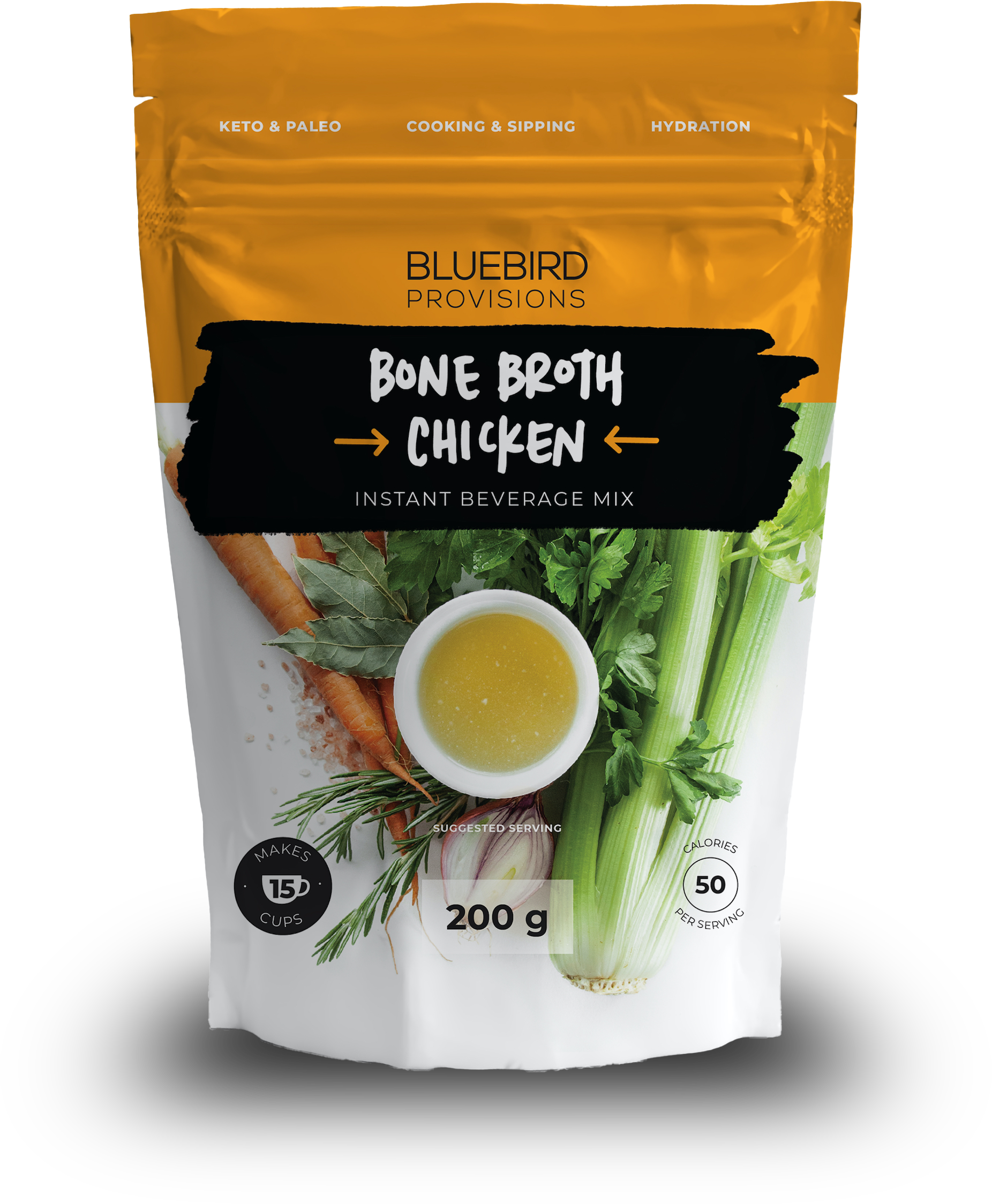

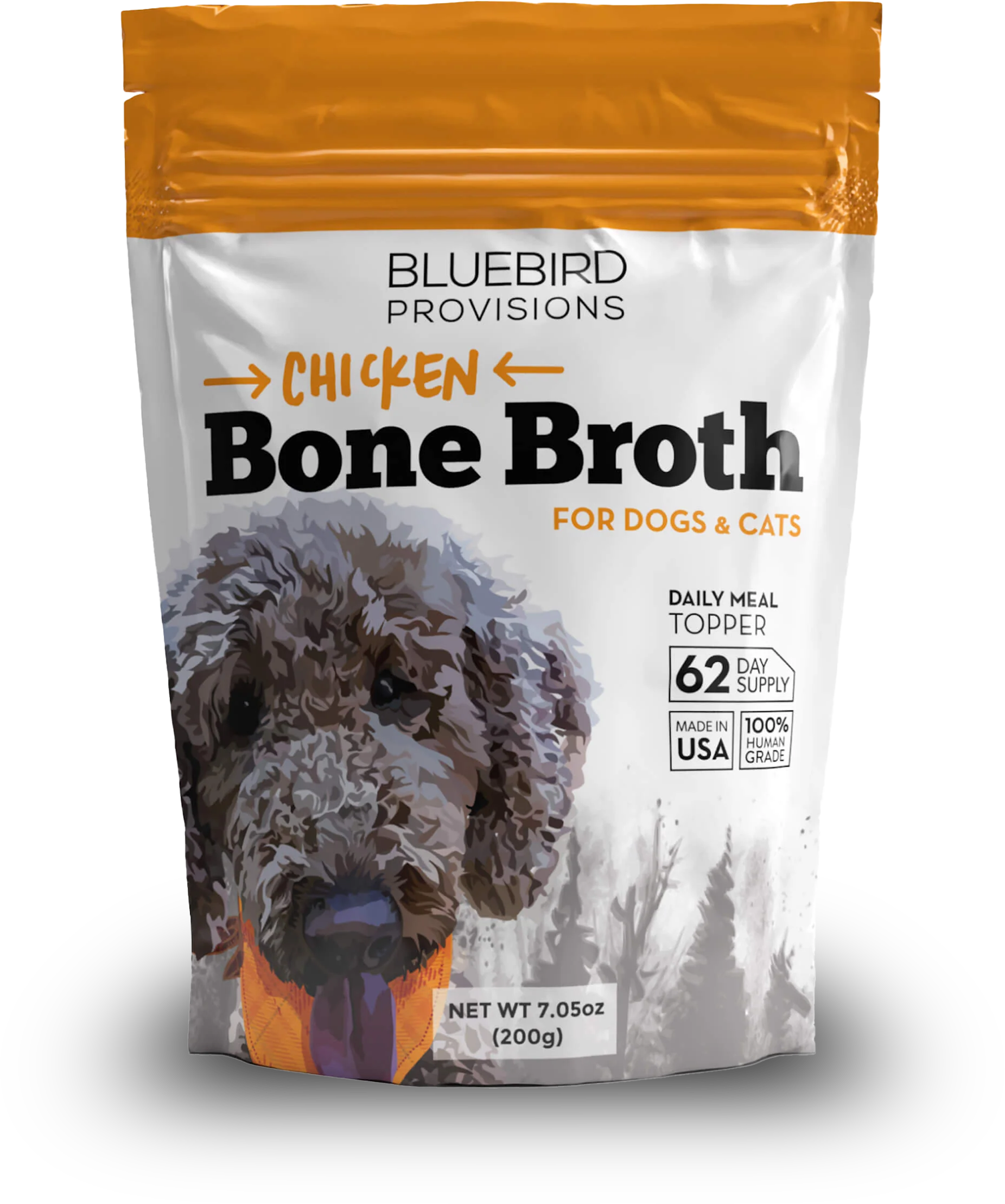
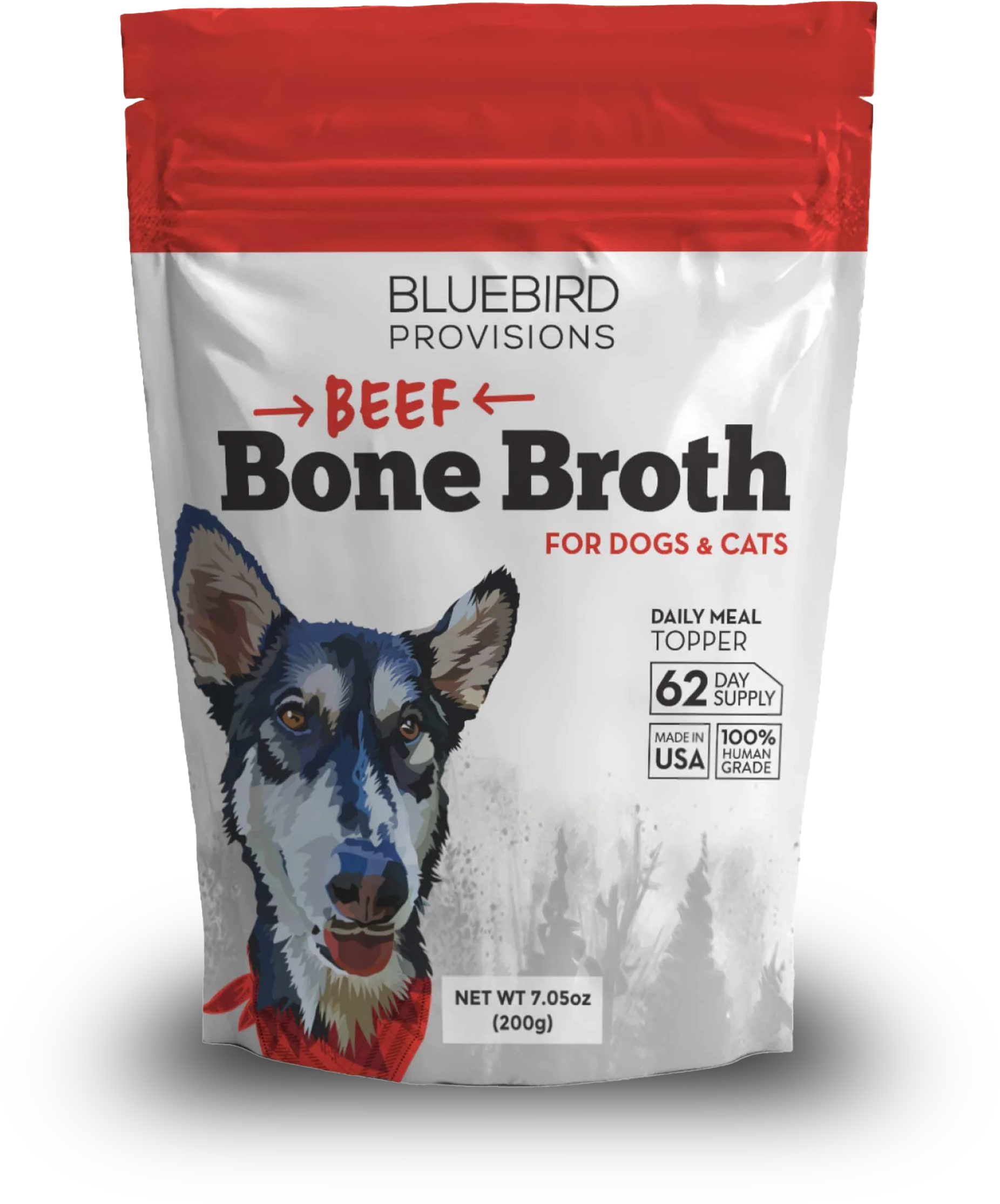

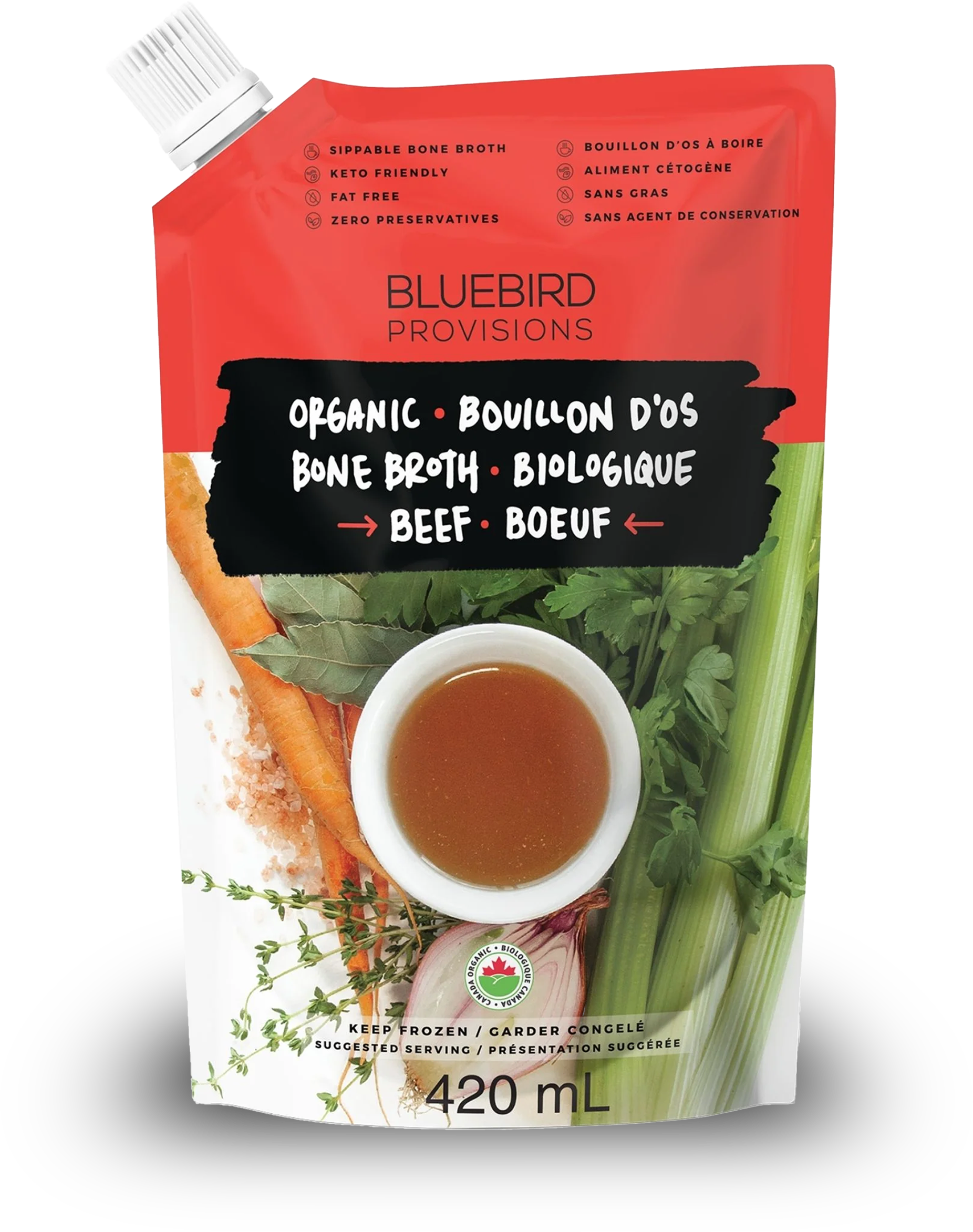



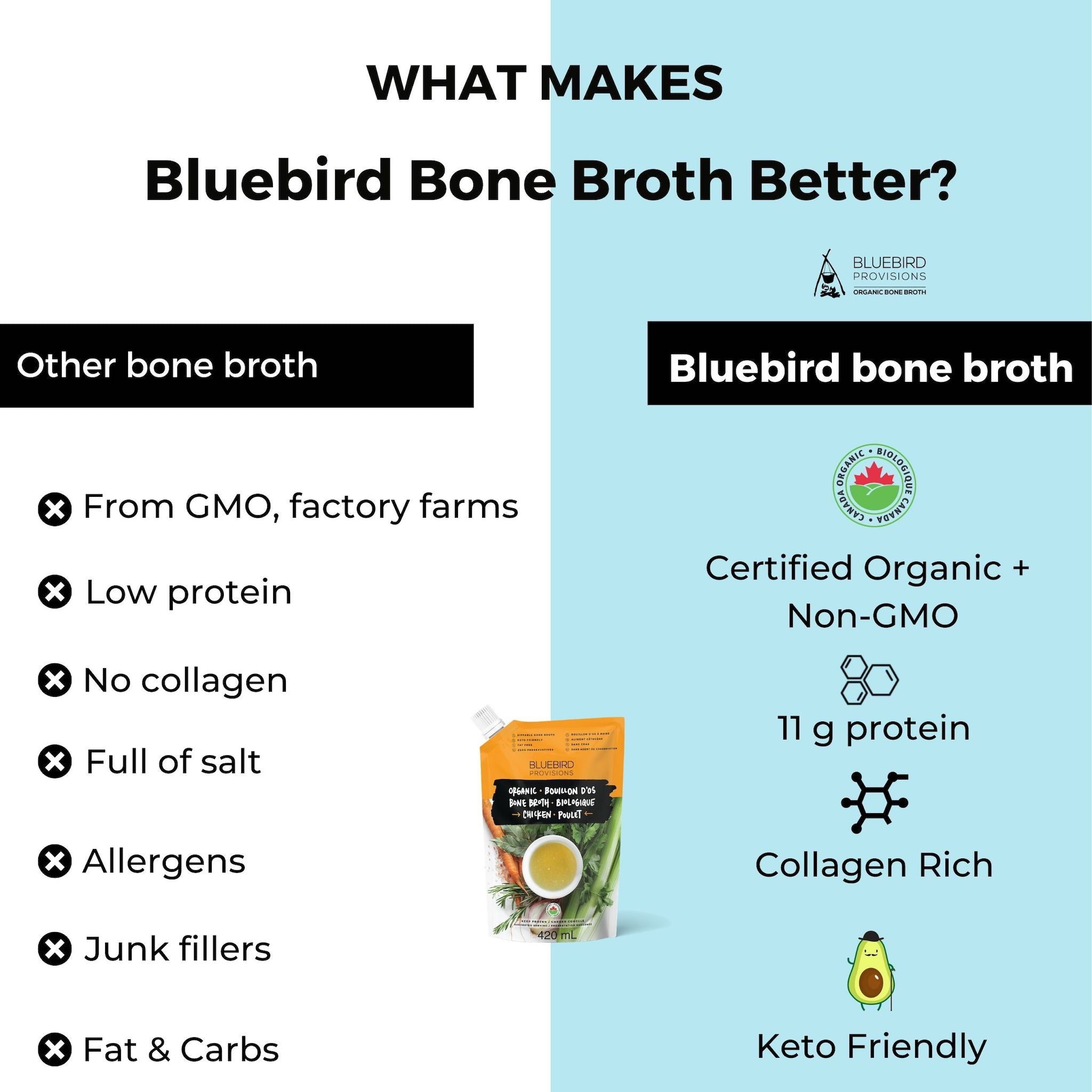
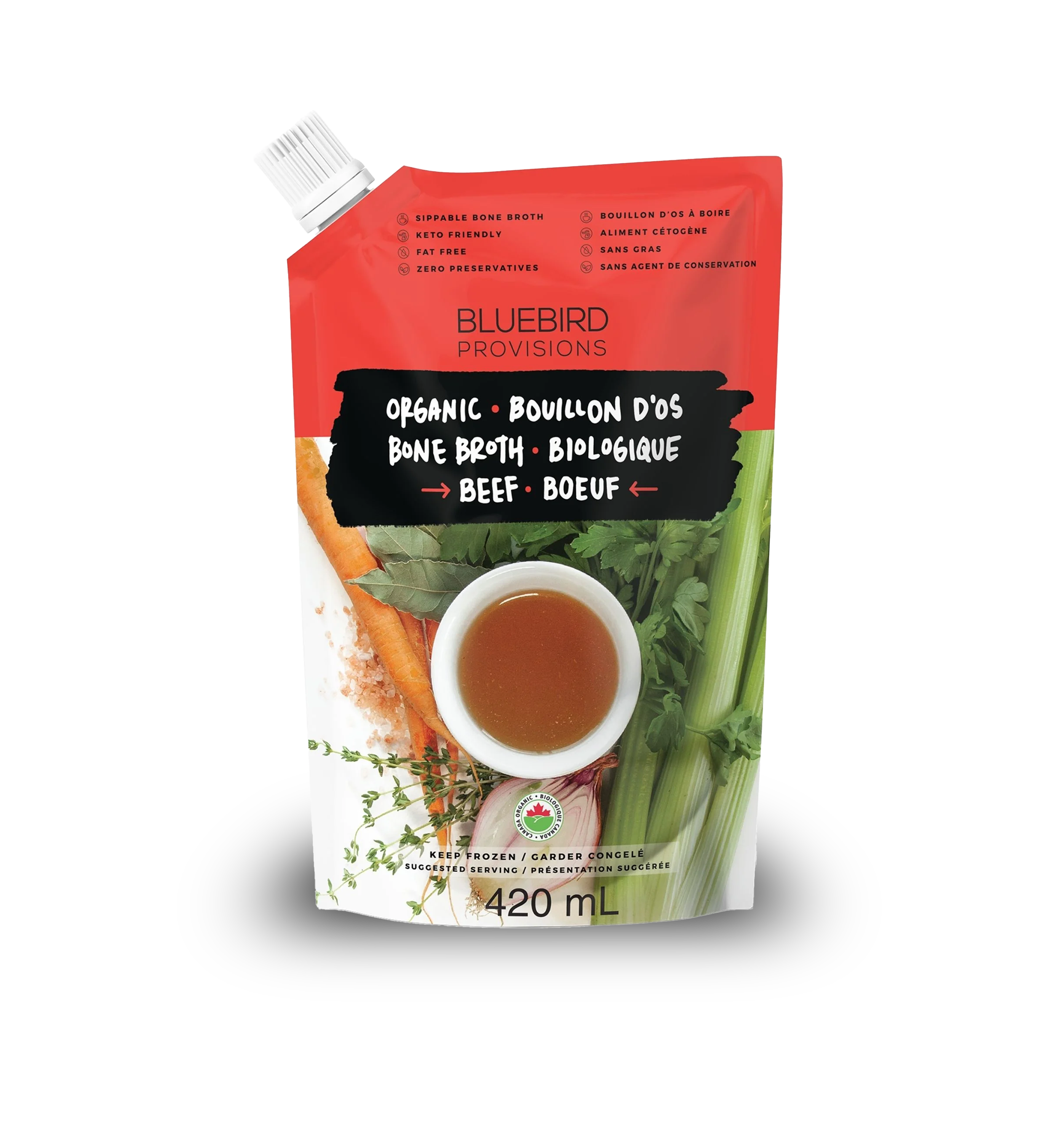
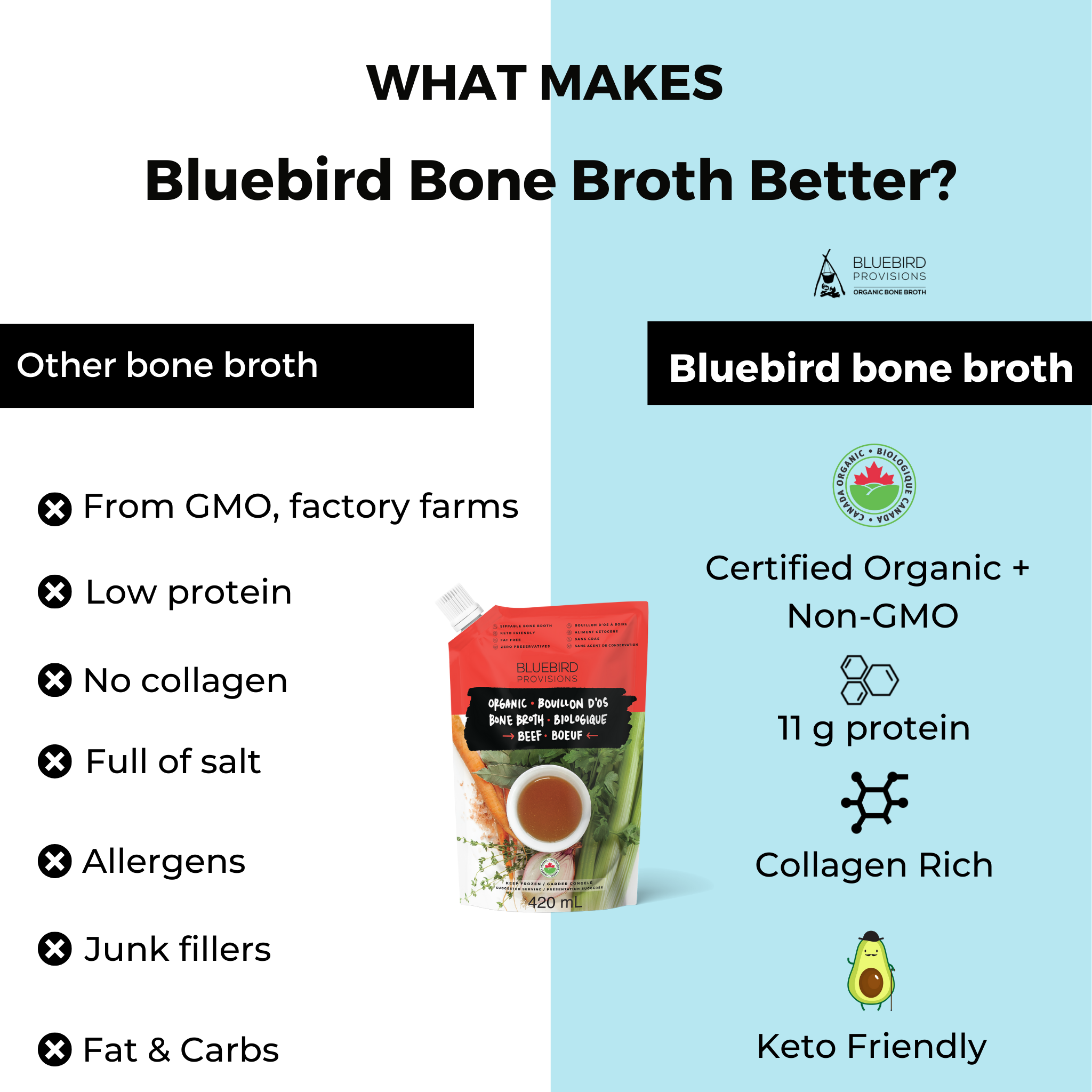
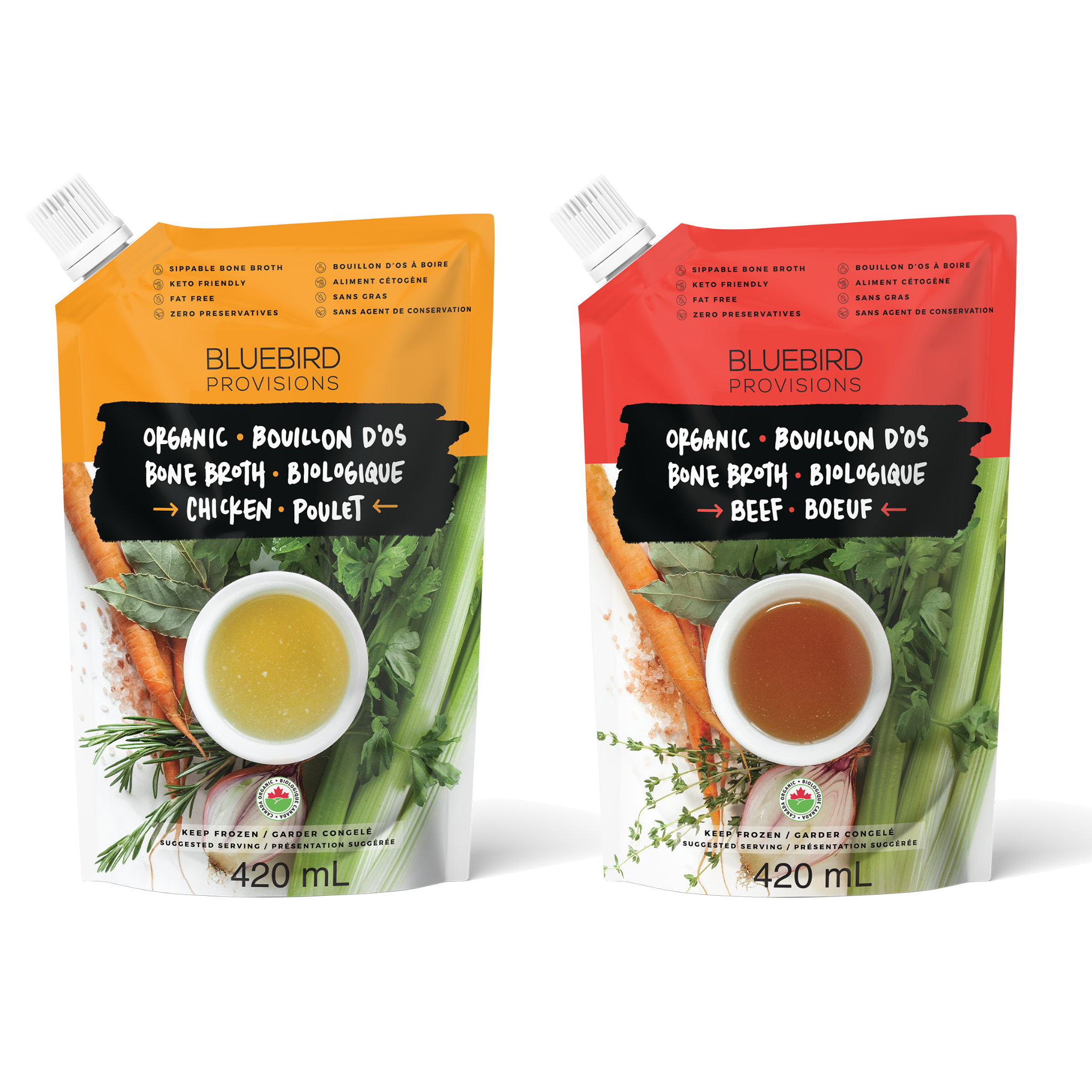

Leave a comment
This site is protected by hCaptcha and the hCaptcha Privacy Policy and Terms of Service apply.